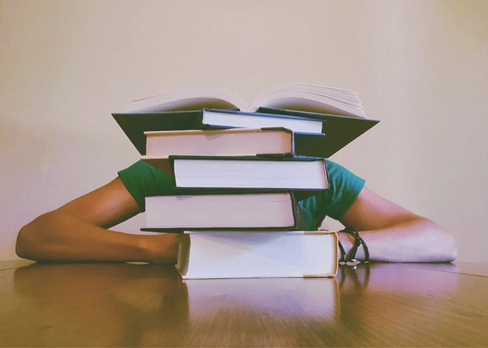Can Your Student Loan Debts be Discharged in Bankruptcy?

As of March 2020, federal student loan payments were paused due to the COVID-19 pandemic. President Biden recently extended the pause for an additional 90 days– it is now set to expire on May 1, 2022.
Many of us are taught that to secure a financially stable future, we must pursue a college education or some other advanced degree. But paying for that education can cost a fortune that many people don’t have at their disposal; the average debt upon graduation from a four-year institution is around $30,000 for a public school, and $50,000 for a private college or university. Plan A is usually to repay student loans with the theoretical high salary from the lucrative job (also theoretical) that follows from that education. But tight job markets, unanticipated life events, and the occasional global pandemic, can interfere with even the best laid plans, and many people find themselves unable to make their student loan payments.
When faced with the inability to make their student loan payments, many people consider filing bankruptcy in order to discharge (i.e., wipe out) their educational debt. They contact a bankruptcy attorney only to be told that student loans are not dischargeable in bankruptcy. While it’s generally true that student loans are not dischargeable, that is not always the case; and although it has traditionally been very difficult to have student loans discharged, it can be done. Moreover, there are recent indications that student loan dischargeability is now a more attainable reality.
The Undue Hardship Test
Student loan debt is notoriously difficult to discharge in bankruptcy, mainly because section 523 of the Bankruptcy Code states that a discharge in bankruptcy does not discharge any debt for an educational benefit issued by a governmental unit or nonprofit institution. But keep reading, and you will see the magic word, “unless.” Educational debts are non-dischargeable in bankruptcy unless the debt imposes an undue hardship on the debtor and the debtor’s dependents. The undue hardship standard establishes that the debtor’s inability to repay the educational loans comes from factors outside the debtor’s control.
Proving undue hardship in a New Jersey bankruptcy case is simple, but not easy. A debtor has to convince the court that an undue hardship exists by satisfying a three-part test (the Brunner test). The debtor must show:
- that (s)he cannot maintain a minimal standard of living if forced to repay the loans; and
- that additional circumstances exist indicating that this state of affairs is likely to persist for a significant portion of the repayment period; and
- that the debtor has made good faith efforts to repay the loans.
The debtor must meet all three prongs of the test to prove undue hardship, and for each prong, the court will take an in-depth look at the debtor’s financial situation. The Brunner test is difficult to satisfy, and is not often successfully implemented – which is why the rule of thumb is that student loans are not dischargeable.
Hope Beyond Brunner
A year ago, this blog post would have ended here – with a recap of Brunner and a “too bad so sad” for the vast majority of people hoping for student loan relief through bankruptcy. But in July of 2021, the 2nd Circuit court issued a decision that could change the rules regarding dischargeability of certain types of student loan debt.
Section 523 of the Bankruptcy Code basically says that most educational debt is not subject to discharge unless there is a showing of undue hardship. Until recently, that language was considered by courts to include all educational debt – including private student loans. However, in the case of Hilal K. Homaidan v. Sallie Mae, Inc., Navient Solutions, LLC, Navient Credit Finance Corporation, decided by the 2nd Circuit federal court in July, 2021, the court decided that the exclusionary language in section 523 does not apply to private student loans. In other words, the court decided that private student loan debt is dischargeable in bankruptcy. To add a little context here, the national private student loan balance is $137 billion.
In deciding the Homaidan case, the 2nd Circuit became the third federal circuit court to decide that private student loans are dischargeable (the other two are the 5th Circuit in 2019, and the 10th Circuit in 2020). This is an exciting trend that we hope will continue as other federal courts follow suit and allow private student loan debt to be discharged. If you are experiencing financial difficulties and have private student loans, please contact our office to discuss whether this exciting trend in the law can help you!